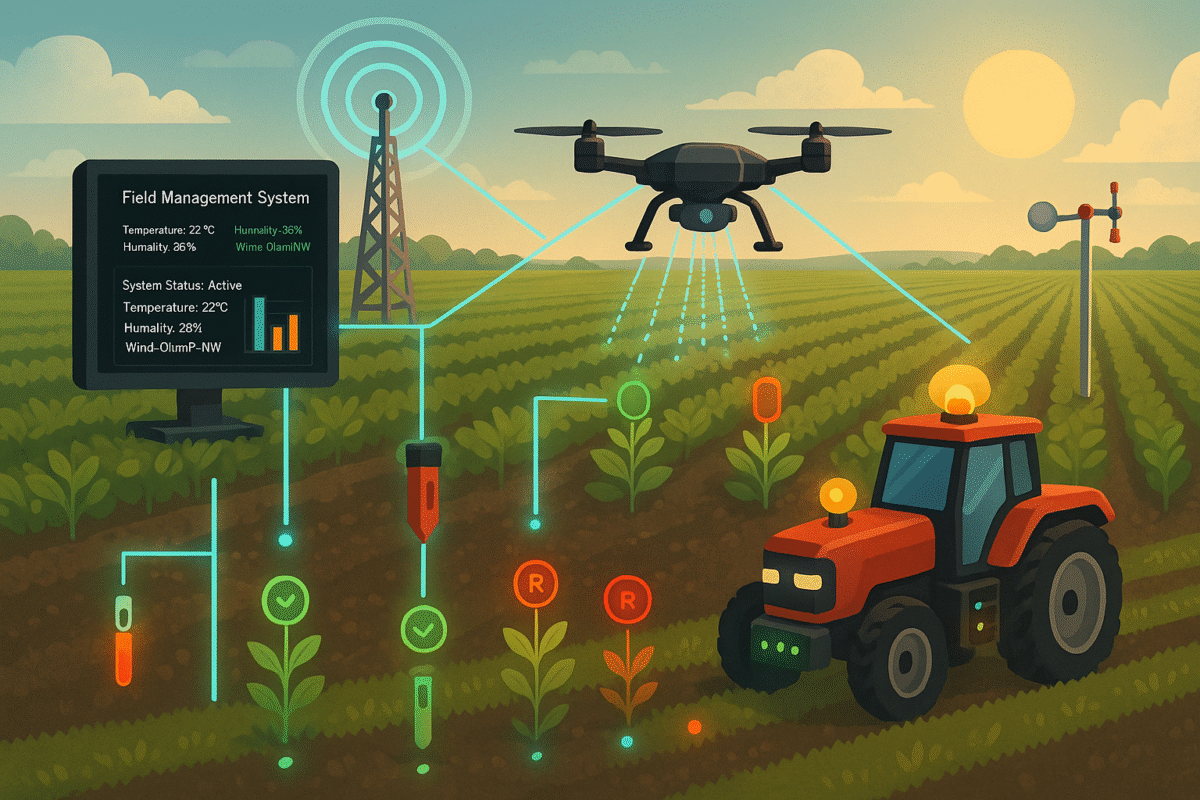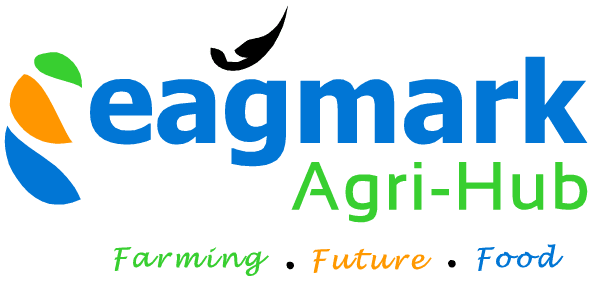How Edge AI and Edge Compute Are Revolutionizing Crop Inputs

In a recent episode of AgTech Talk by Agro Business Global, Jim Benic, VP of TRIA Americas, discussed how cutting-edge technologies like AI, robotics, and next-generation precision tools are transforming the crop input industry. From product development to real-time field applications, these innovations are set to improve efficiency and sustainability in agriculture.
According to Benic, Adaptive AI has many potential applications in agriculture, including modeling, simulation, and creating unique crop formulas or traits. However, the focus now is particularly on Edge AI and Edge Compute, which are deployed directly on devices rather than in the cloud. This technology is ideal for robotics, autonomous machinery, and smart assistance tools, especially in environments where constant connectivity is not guaranteed or rapid response is crucial. The adoption of smart machines is expected to grow significantly, with the integration of these devices into larger systems further accelerating benefits.
Next-Gen AI is poised to significantly advance precision agriculture by improving aspects like application timing, dosage, and crop-specific targeting, especially for high-value inputs such as biologicals. By aggregating data from multiple sensors (multimodal systems) and applying AI, these systems can extract more valuable information and take specific actions, elevating precision to a new level. The overall advancements are expected to lead to improved efficiencies, increased yields, lower costs, and reduced labor needs in the agricultural space.
However, integrating AI and robotics into farm equipment isn’t without its challenges. Benic highlighted several barriers, including:
- High upfront costs for advanced machinery.
- The need for new infrastructure, particularly for connectivity.
- Integration challenges, especially when retrofitting existing equipment.
- Accuracy concerns with AI models, which are only as good as the data used to train them. Training and deploying these models requires time and expertise.
- Reliability issues, as machines rely on sensors that can be affected by environmental conditions.
Some companies’ role in this ecosystem is primarily as a provider of embedded compute solutions to the OEMs (Original Equipment Manufacturers) who design and build autonomous machinery and tools. Their expertise lies in embedded system design, integration, and software enablement, supporting OEMs in creating their final products. Benic offered an example where his company supports OEMs producing advanced agricultural machinery by providing Human-Machine Interface (HMI) capabilities. These systems integrate data from multiple cameras and sensors, feeding information into the tractor cockpit to improve safety and efficiency for the operator, similar to advanced systems in modern automobiles.
Looking ahead to the next 5 years, the industry is still in the early stages of this AI-enabled world. However, the technology is advancing rapidly, and these improvements are expected to result in significant enhancements in the capabilities of the end products developed by OEMs. It is only a matter of time to see how users adopt this new technology and see its growing applications in agribusiness.
This is an exciting time in the technology space, with significant potential for AI, machine learning, and robotics to reshape how the crop input industry operates and engages with growers.
Source: Excerpts from AgTechTalk-Ep25



